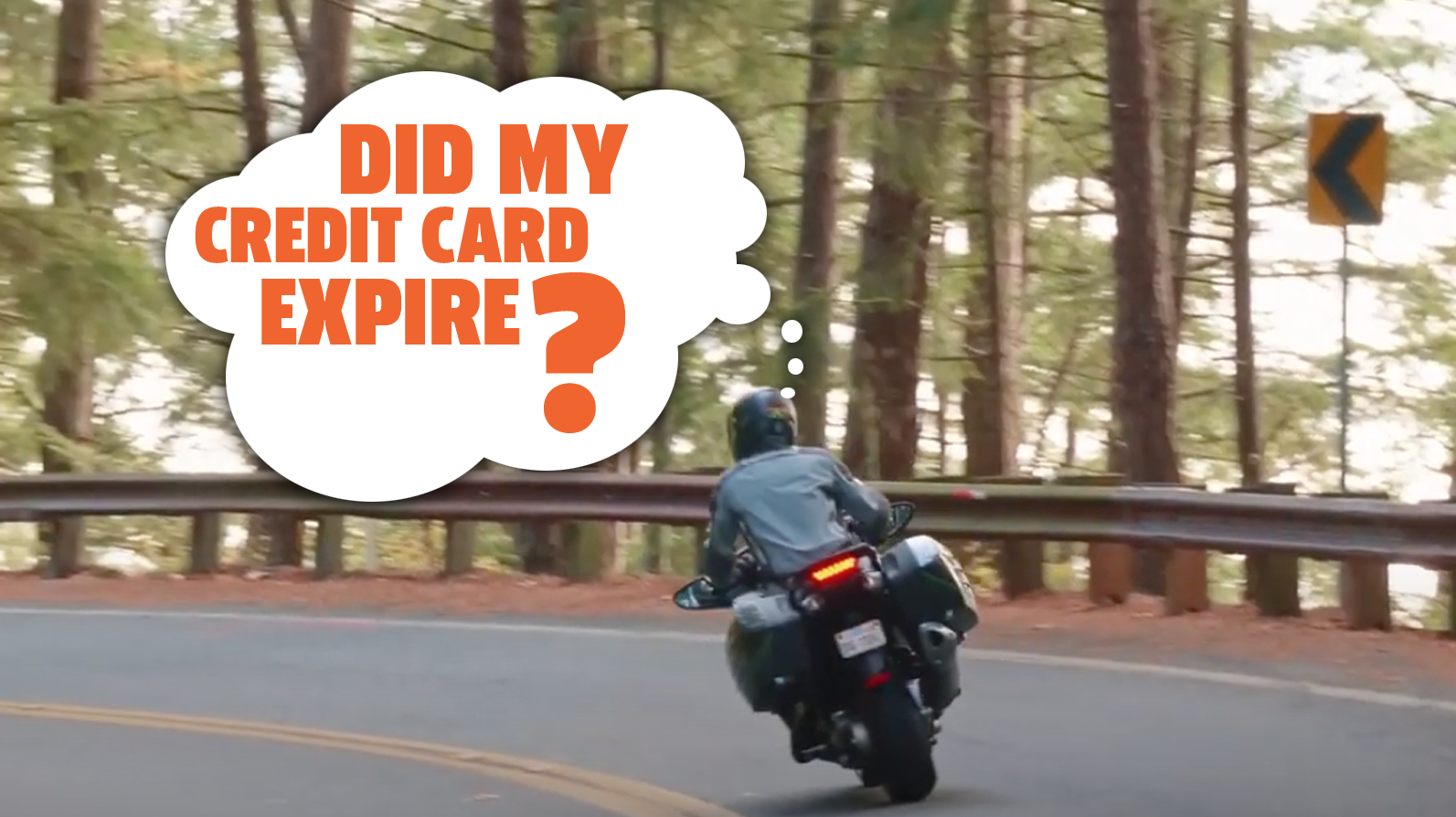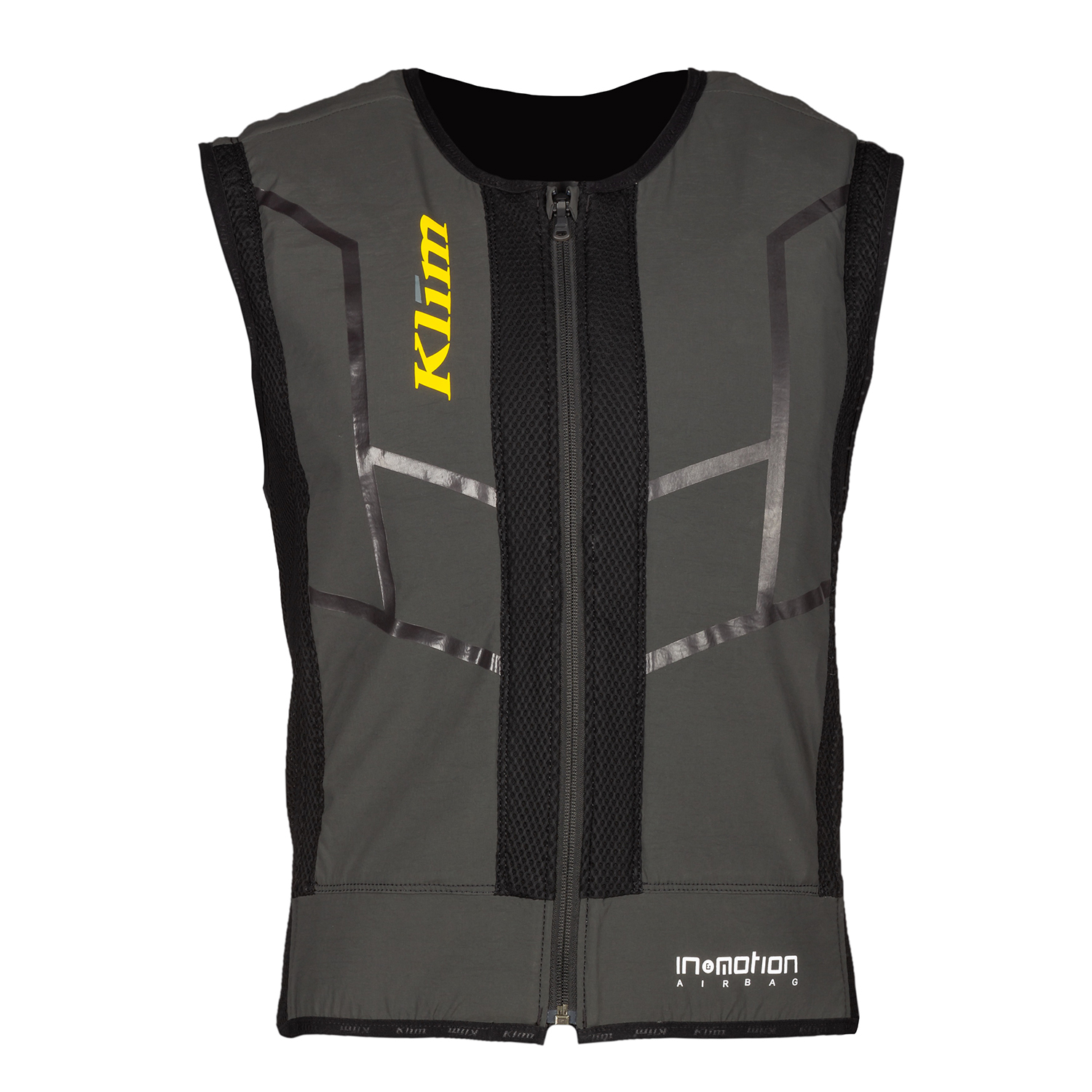If you look beyond the headlines and alarmist nonsense, it's not the cheapest system, but it actually makes a lot of sense and offers features the competition doesn't. The hardware in an airbag vest is pretty set, and like so many things these days, the value is in the software and algorithms that actually decides when to pull the pin on the vest. That software isn't set, and is constantly being updated from crash and false alarm data. Vests now are way more advanced than they were even a year ago.
The Klim vest uses the third-party In&Motion system that's also in gear made by more Eurocentric brands like Ixon, Held, RST and Furygan. It's essentially a clip-in brain that contains the relevant IMU's and hardware required to monitor the vest and decide when to go pop. When you buy a piece of kit using the system, you're buying just that kit (it's cheaper) and then have to sort out the airbag bit separately through In&Motion.
To clear up a common misconception, it doesn't need to be connected to work while you're riding. It updates when you are home, essentially when you're charging it. Like all the wireless systems, it needs to be checked before you ride to ensure it's charged and the gyros are working etc, essentially by looking for a green light. The Alpinestars and Dainese systems are identical. At no point would you be ambushed by it suddenly not working mid-ride.
Most importantly, you can just buy the system outright. Nobody is forcing you to subscribe. It costs $400 USD on top of whatever you pay for the kit that uses it, and you get a two-year warranty, similar to the competition. With exchange it's a bit more expensive all-in, but compare the initial purchase price for competing gear:
- Klim Ai-1 vest: $550 ($500 CAD from US)
- Held eVest: $445 CAD from Germany
- Alpinestars Tech-Air 5: $900 ($880 from US)
- Dainese D-Air: $870
- Helite (tether): $900
- Hit-Air (tether): $780
The monthly/yearly subscription is purely optional, and you also have the option to buy it out after three years for $100. At $120/yr, to me it makes sense to go that way considering how fast this end of the market is developing. In three years, it's entirely possible we may have better options available. Airbags also rely on seams and glue etc, so I wouldn't want to be relying on something too old anyway.
The In&Motion system has a few other advantages. The 'brain' is swappable, meaning you can have one unit spread over a few different pieces of kit. For me, I'm looking at the Held or Klim vest for street riding and an RST suit for the track. For the one subscription, I can cover both kits and both situations. The Alpinestars and Dainese vests are designed for either street or track, but not both, while the In&Motion unit can be switched in the app (though there is a small fee for the track mode to be activated). They also offer an 'adventure' mode for dirt riding, which neither the Astars or Dainese systems do, though again, there's a fee.
One of the biggest advantages is it can be inflated three times before needing to be shipped out for inspection, while the AStars and Dainese units have to get shipped back every time. This may be less of an issue for street riding, but crashes at the track aren't uncommon, and it would be nice to be able to swap the canister and keep riding with protection. It uses Argon, which is more expensive but inflates much quicker than the cheaper CO2 cartridges used in the Helite and Hit-Air tether systems.
After this long screed, I promise I don't work for them. But I've been watching the airbag thing evolve for a while now, and the In&Motion system is at least on par with Alpinestars (depending on the features you care about) and I think well ahead of at least the Dainese vest, which offers minimal neck protection. Reading people lose their minds about the subscription option without understanding how it actually works seems to be universal everywhere this kit comes up (the comments in the Revzilla video are predictably ill-informed), so I figure it makes sense to at least share what I've researched. This isn't some dystopian cash grab, just another option to lower the initial cost of entry barriers with some added features.


















